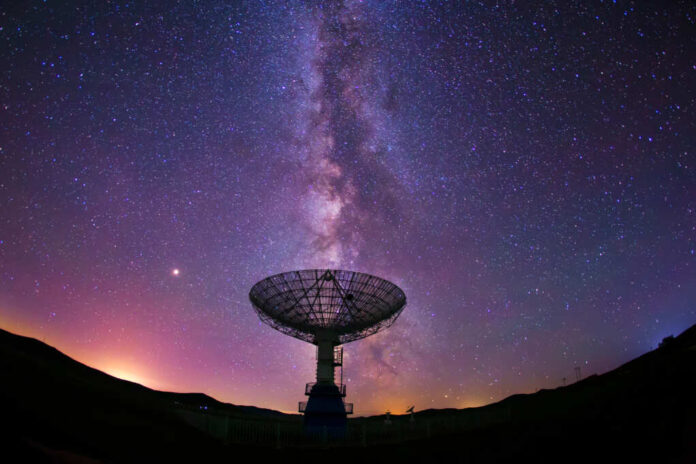
Astronomers from the European Space Agency’s Gaia mission have detected the biggest stellar-origin black hole ever found in our galaxy. Named Gaia BH3, the newly discovered celestial object boasts a mass 33 times that of the sun and is located just 1,926 light-years from Earth in the constellation Aquila.
Gaia BH3 is classified as a “dormant” black hole as it does not appear to be actively attracting nearby stars or dust. This lack of interaction makes dormant black holes notoriously difficult to detect using traditional astronomical methods.
The black hole is part of a binary star system orbiting a “subgiant” star approximately five times the size of our sun. Lead researcher Pasquale Panuzzo from the Observatoire de Paris expressed his surprise at the discovery stating “No one was expecting to find a high-mass black hole lurking nearby, undetected so far. This is the kind of discovery you make once in your research life.”
Record breaker! Milky Way's most monstrous stellar-mass black hole is sleeping giant lurking close to Earth https://t.co/zgUP56O0GD pic.twitter.com/rKj3mIkpST
— SPACE.com (@SPACEdotcom) April 16, 2024
Gaia’s unprecedented precision in detecting previously unobservable movements by stars in the Milky Way made the discovery possible. The mission aims to create a comprehensive model of over a billion stars in our galaxy tracking their motions, luminosity and composition.
George Seabroke, a scientist at the Mullard Space Science Laboratory, compared the discovery to a scene from the film ‘The Matrix’ where the protagonist begins to see the hidden reality around him. “Finding Gaia BH3 is like the moment in the film ‘The Matrix’ where Neo starts to ‘see’ the matrix. In our case, ‘the matrix’ is our galaxy’s population of dormant stellar black holes, which were hidden from us before Gaia detected them,” Seabroke said.
The chemical composition of the companion star which mirrors that of old metal-poor stars in the galaxy supports theories that more massive black holes can form from metal-poor stars. The findings from Gaia BH3 have the potential to lead to groundbreaking discoveries in various fields of astronomy and could refine approaches to studying other celestial phenomena.














